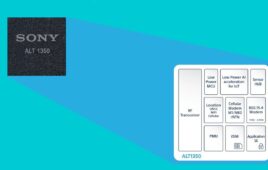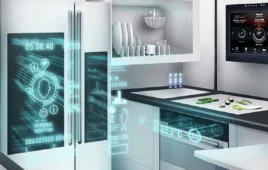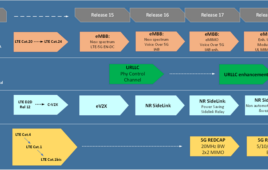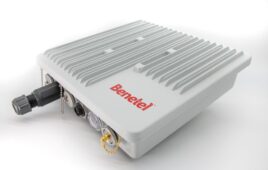It’s not every day an OEM decides it’s a good idea to enter the high-end smartphone market. We’ve already seen the likes of Dell and HP bow out, and the well-established Microsoft and Nokia are no strangers to the challenging market. So why, exactly, has the relatively small Russian OEM Yota Devices decided to jump into this hyper-competitive space with both feet?
Short and sweet: Because it has a very real differentiator.
Last week, Yota announced it was developing a new Android smartphone, which features decent spec, with a very unusual extra; the company has also included a 4.3-inch electronic paper display (EPD) on the back of the phone.
“We’re changing the way people interact with their smartphones,” said Vlad Martynov, CEO of Yota Devices, in an interview with Wireless Week.
Martynov says that a couple years ago, Yota saw a void in the current smartphone user experience, mainly around the area of notifications, but a number of other areas as well.
“After talking about some of the limitations, we quickly decided that an electronic paper display on the back side of the phone might be a solution for some of the gaps in the user experience,” he said.
The company produced its first prototype of the device last year, and has now evolved the idea to the point that in the third quarter of 2013, the phone will launch with 15 to 20 internally developed apps that work with the EPD, as well as an SDK for developers to create software for the phone.

Martynov says the idea was really about making real-time information on the phone more easily accessible in an environment that doesn’t require the user to constantly wake up the phone for email notifications, texts, social feeds, or even news.
“We tried to answer the question of how do you bring people back to the real world, while still helping them track what is important in the virtual space, and realized that the back screen can really help in this regard,” Martynov said.
We’ve seen phones with novel differentiators like this come and go in the past. The Kyocera Echo for Sprint was one such example. That device never really caught on, if only for a lack of compatible apps and an otherwise lackluster set of specs when stacked next to the high-end Android devices, and the iPhone.
The concept behind Yota’s smartphone has a decidedly different feel. This is a tri-band LTE-capable phone, with a 12-megapixel camera, 1.5 GHz dual-core processor, 32GB Flash memory, 2GB RAM, and a 2100 mAh battery. Add to that an extra feature that is actually useful in a number of different ways, and Yota hopes it can prompt second glances from consumers around the globe. The company has actually designed the phone so that almost any document can be transferred between the front screen and the EPD. You can even read eBooks on the same type of screen used in the Kindle.
At present, the phone is slated for a limited launch in Russia in the third quarter of 2013. After feedback and final tweaks, the company will make it available to the rest of the world by the fourth quarter of 2013.




